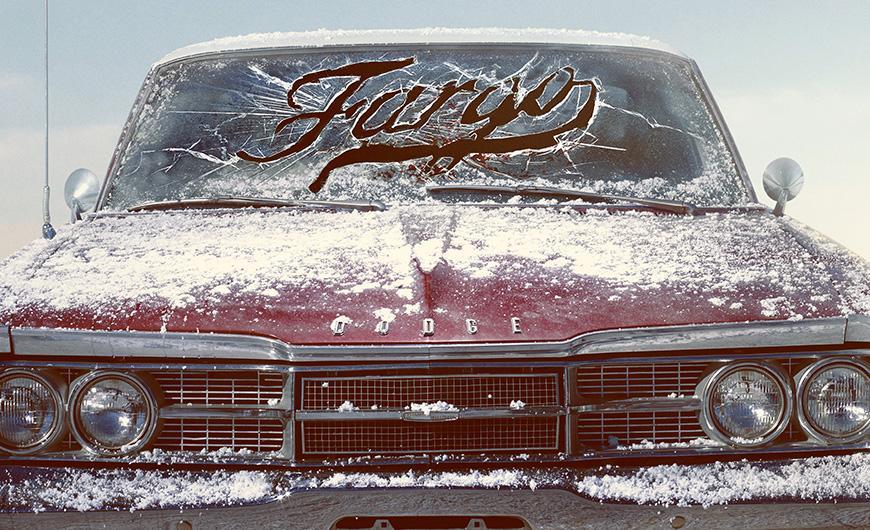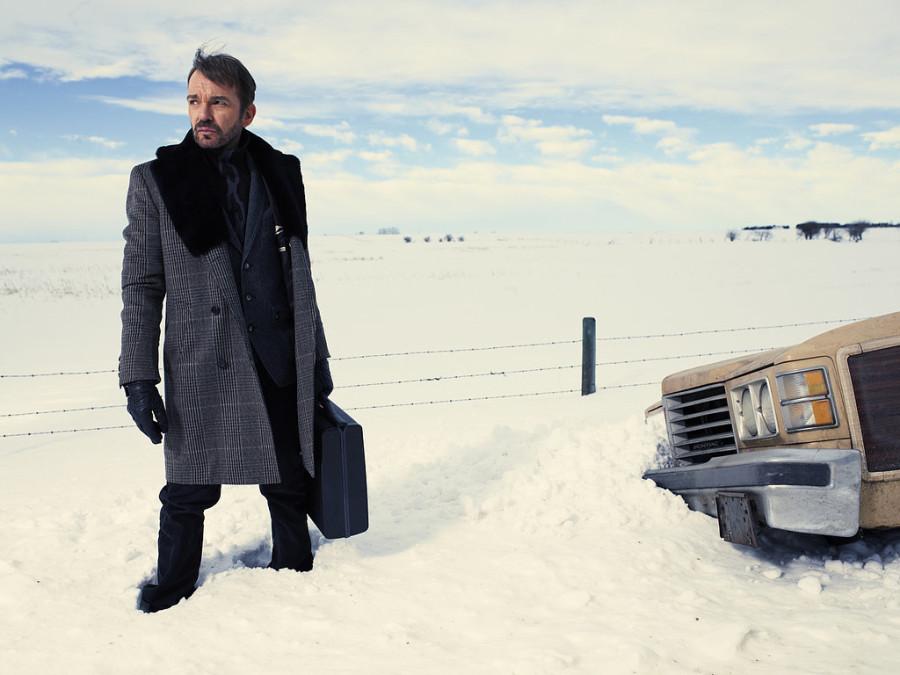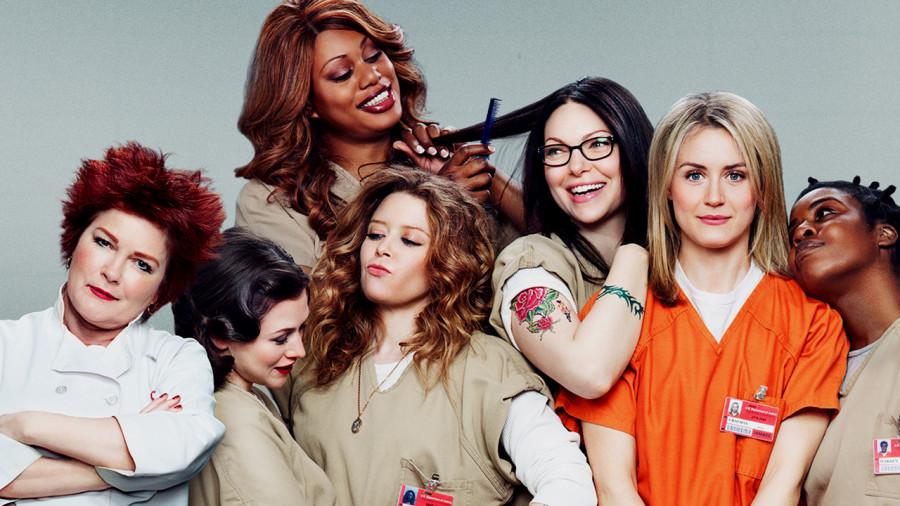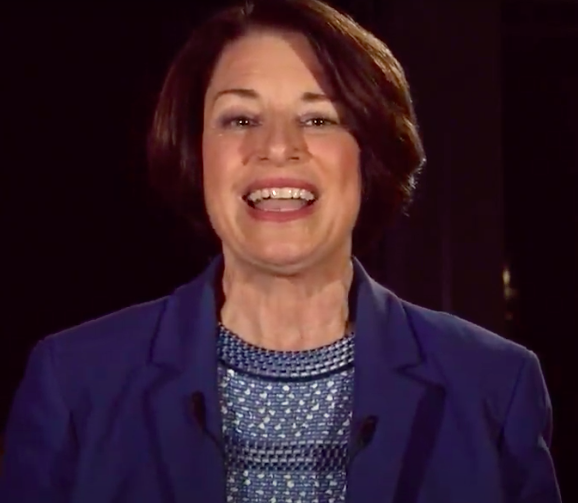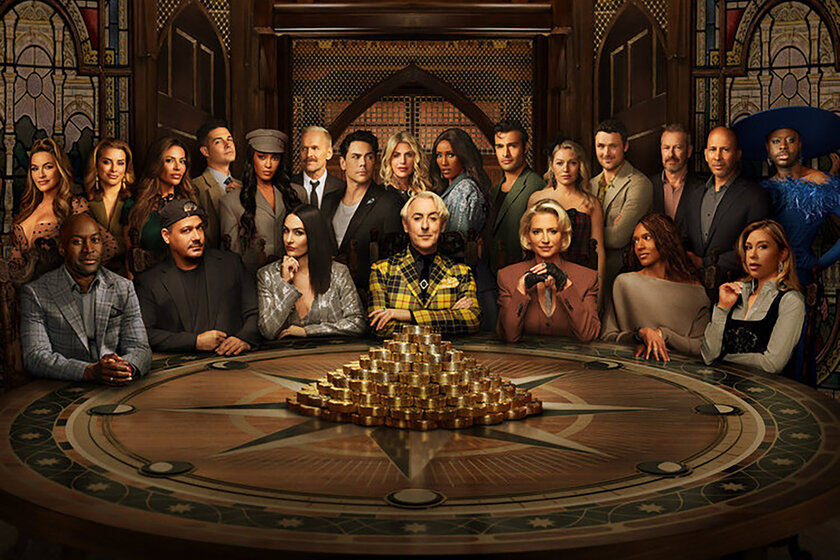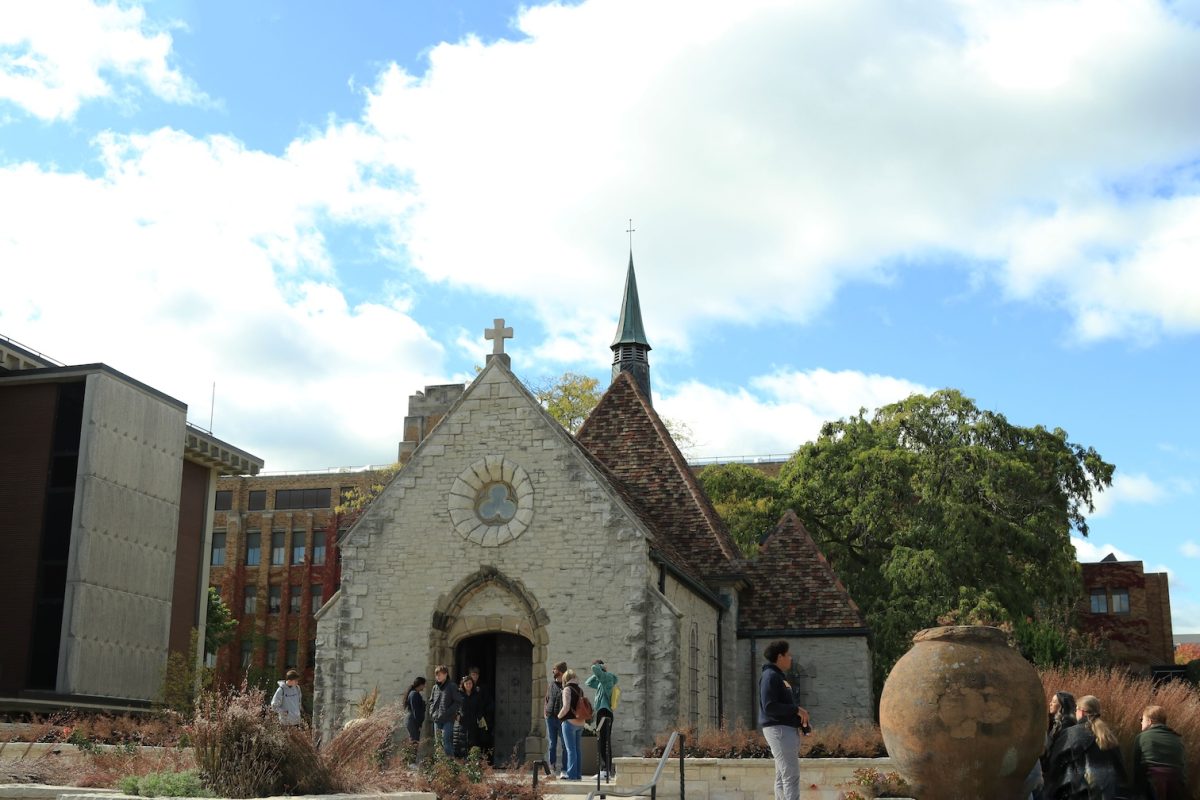“You make us sound like a prog rock band. Ladies and gentleman, introducing Mike Milligan and the Kitchen brothers!” — Bokeem Woodbine as Mike Milligan
In 2012 when FX announced that one of the most beloved Coen Brother movies would be turned into a 10-episode miniseries, no one would have dared thought it would receive universal acclaim. This was not the first time “Fargo” would inspire a TV show. Back in 1997, CBS green-lit a pilot starring Edie Falco that would continue the story of Marge Gunderson from the 1996 movie. It was awful, and it never aired until 2003 as a part of Trio’s block of programs that were cancelled before their time.
Luckily, writer Noah Hawley took the beloved “Fargo” movie and created an expansion. It was a completely new story that took place nearly 20 years after the events of the movie and offered very subtle nods to the original while standing on its own as a masterpiece. The characters were great, with actors like Allison Tolman, Billy Bob Thornton and Martin Freeman.
The music offered fantastic remixes of the soundtrack from the movie and new compositions that gave viewers chills, excitement or horrified them. Its visual effects during blizzards and chase sequences were often far more impressive than what HBO’s “True Detective” pulled off, another show that featured a similar format. It was a freak miracle that “Fargo” was this excellent, so, unsurprisingly, FX wanted more. Instead of falling under the miniseries category, “Fargo” would become what has been a popular trend lately, a seasonal anthology story.
“Fargo,” along with “True Detective” and “American Horror Story,” are seasonal anthology stories. There is an overarching story in a season that wraps itself up in the end. Unlike “American Horror Story,” whose cast members reappear, “True Detective” and “Fargo” created a new story with a new cast.
“Fargo” surpassed the many high expectations. This season is just as brilliant as its first outing last spring, making it not only the best returning series of the fall but also the best show on air right now.
The setting of the second season goes all the way back to 1979, before both the movie and the first season, when the Gerhardt family is operating the crime syndicate out of Sioux Falls, South Dakota. Tensions are high as the leader of the group, Otto Gerhardt (Michael Hogan) suffered a stroke, putting his wife Floyd (Jean Smart) in charge. Mike Milligan (Bokeem Woodbine) and the Kitchen brothers want to seize this as an opportunity to take merge the Gerhardt family with their business. Otto and Simone’s idiotic sons Dodd (Jeffrey Donovan), Bear (Angus Sampson) and Rye (Kieran Culkin) compete with each other to take over the family business.
Rye, wanting to prove his worth, drives up to a waffle house found near Luverne, Minnesota, to blackmail a judge. This is Fargo, and nothing ever ends well for these characters, so Rye kills the judge and a couple of the employees in the restaurant. He stumbles out into the snow, only to be hit by a car moments later by Peggy Blomquist, (Kirsten Dunst), a beautician at a local salon. Now the fun begins, as state trooper Lou Solverson (Patrick Wilson) and sheriff Hank Larsson (Ted Danson), must figure out who killed the members in the restaurant and what happened to the killer. Add in Nick Offerman, Brad Garrett, and Ronald Reagan (Bruce Campbell) as a part of the recurring cast, and you have potentially one of the greatest anthology series ensembles.
“Fargo” continues what worked so well in the first season. The music features more of a licensed soundtrack, with lesser-known hits from the ’60s and ’70s, but hits the mood Noah Hawley tries to go for so well. Some of the music from the first season returns in a remix fashion, sounding even better than before. There has been a greater focus on editing this time around, as there are now more split-screen shots and montages focusing on the characters’ next moved. There is a feel “Fargo” has captured that truly makes the audience feel like they are a part of a late-’70s/early-’80s movie. It is something that the Coen Brothers would be proud of — visually stunning work that all of the directors, including Hawley, have built.
The sprinkled bits of comedy, from sheer ridiculousness to witty dialogue, in each episode have generated some of the biggest laughs of the year. Perhaps the greatest thing about “Fargo” is how it does not alienate new audiences to the show. If you have not seen the movie or the first season, no plot lines will be spoiled. For returning viewers, there are nods that go back to the first season, but they are very subtle and only add to the enjoyment of the ride. “Fargo” also uses time wisely, unlike the other shows in its genre.
“Fargo” makes “True Detective” and “American Horror Story” look like amateurs. “Fargo” is well-paced and thought-out, not getting too crazy with timing unlike these other FX programs. Its longest episode so far this year runs at about one hour with no commercials, but it moves so fast, thanks to engaging plot and visuals. Other episodes run about 50 minutes with no commercials.
This is a true story — “Fargo” is just as much fun as it was last year. The characters are just as memorable as the first installment and the movie after the season wraps up. Somehow, FX found a way to make “Fargo” work just as well as a television show as a movie. It is sublime in every possible way. It keeps the tone that its villains are fundamentally good people doing awful things for their own gain. As long as Hawley can come up with interesting characters and crimes in the world the Coen Brothers originally set up, “Fargo” will be great for years.

